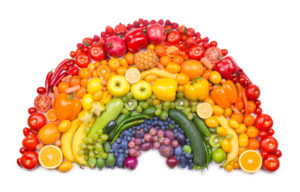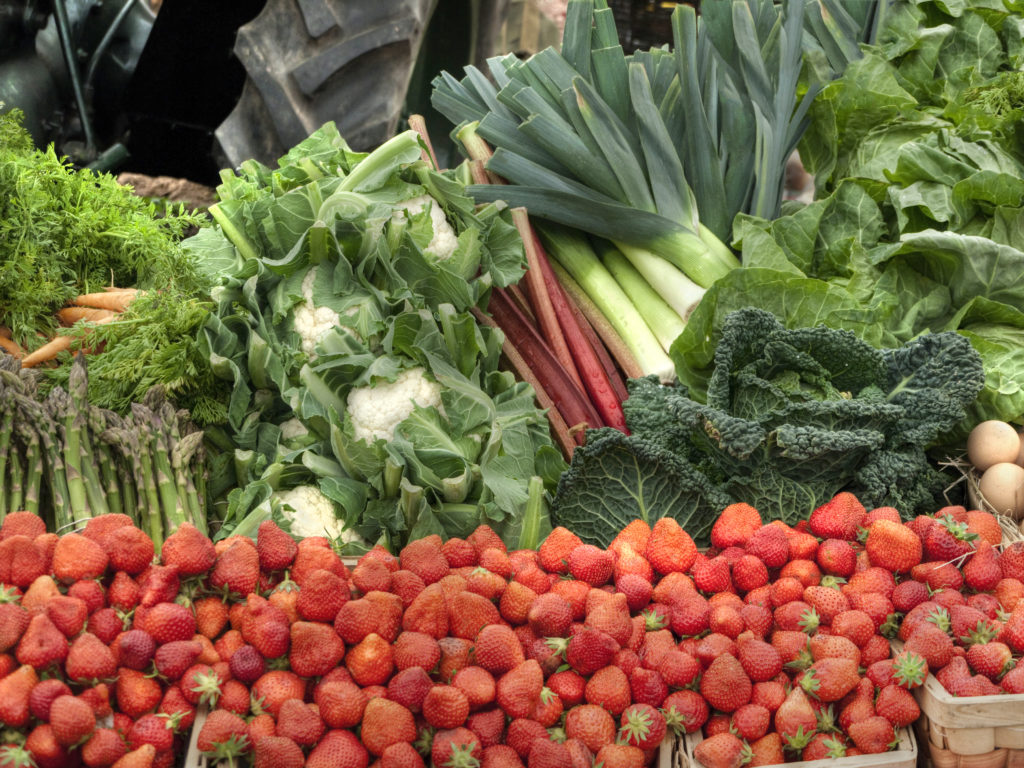Walking through the aisles in a grocery store can be confusing, especially when thinking about the difference between buying organically grown food versus buying conventionally grown food. Among all of the different labels thrown on food packages, understanding organic versus non-organic is just another hurdle consumers have to jump over.
Whether you are shopping for yourself or for your family, knowing the difference between the two could possibly save you money. Let’s get to know how organically grown and conventionally grown products match up!
Organic vs. Conventionally Grown
At the heart of it, there isn’t a huge difference between organic and conventionally grown produce in taste or nutritional value. For a product to be labeled as “organic” in the United States, farmers and food production companies have to pass many tests and go through a certification process. For example, organic farmers must rotate their crops to keep soil quality high and must only use natural pesticides. The product itself also has to meet a variety of other regulations set by the United States Department of Agriculture (USDA), such as the ability for animals to have access to the outdoors and roam around the produce, whether or not artificial preservatives were used, and even the type of seeds used to grow the crops. If a company does want to use the “organic” label on their products, the product must contain at least 95% organic ingredients and can not have any antibiotics, hormones, man made pesticides, or artificial ingredients.

Always be sure to wash off fresh fruits and vegetables before cooking or preparing them. It doesn’t matter if they are organic or not, always give your produce a good rinse to remove any dirt or pesticide residue.
Conventionally grown products are overall very similar to organic ones but they differ in their environmental impact and their cost. In comparison, conventionally grown crops are not required to pass strenuous tests for pesticides or growing practices. This doesn’t mean that these products are any less safe to consume or that they have a lower nutritional value than their organic counterparts. Conventionally grown produce is arguably easier to grow due to gene modification and farmers being able to use pesticides that ward off hungry bugs. This is a very helpful aspect of conventional farming if you are trying to feed masses of people.
Conventionally grown crops produce more food per yield than organic, and they take less space to grow. On the flip side, the pesticides and nitrogen-rich fertilizers that conventional farmers use can cause environmental problems. Toxic runoff causes algae blooms in nearby streams and lakes that result in vast wildlife death.
What about nutrition content? Studies show that organically grown produce and non-organic produce have very similar nutrition profiles. You will find more pesticide residue on conventional produce but this can easily be amended by washing your fruits and vegetables off before eating them.

Whether you are shopping for organic produce or non-organic produce, always aim to “eat the rainbow” and consume a variety of fruits and vegetables for optimal health.
Although both options have their pros and cons, choosing organic versus conventionally grown won’t make a significant difference in your health. I encourage consumers to further research which option works best for their lifestyles and then make a decision. No matter what you choose, shopping for your food locally is always a winner! Check out local farmers markets near you for fresh and tasty produce grown right in your area.
By Lauren Dessaure

